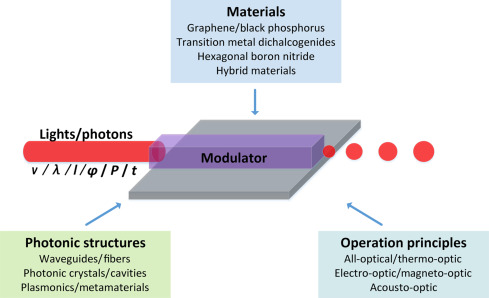Comprehensive Guide to Optical Modulators: Principles, Design, and Applications

About Course
Optical modulators are at the heart of high-speed data communication, biomedical imaging, and cutting-edge photonics research. This course is your gateway to mastering the fascinating world of light modulation, where physics meets innovation. Whether you’re intrigued by how data travels across oceans in milliseconds or curious about how laser beams are controlled in biomedical devices, this comprehensive guide will illuminate the science and engineering behind it all.
From foundational principles to advanced applications, this course unpacks a wide variety of modulation techniques—intensity, phase, frequency—and dives deep into critical modulator types including Mach-Zehnder, electro-absorption, and acousto-optic modulators. Through detailed explanations and real-world examples, you’ll gain the ability to analyze, design, and optimize optical modulators for a variety of cutting-edge applications. If you’re passionate about photonics, optical communication, or biomedical technologies, this course will equip you with the skills to innovate in these rapidly evolving fields.
Course Content
Introduction
Overview of optical modulators
00:00Importance and applications of optical modulators
00:00Objectives and structure of the ebook
00:00